Pigment to Ink: The History of Tattoo Ink
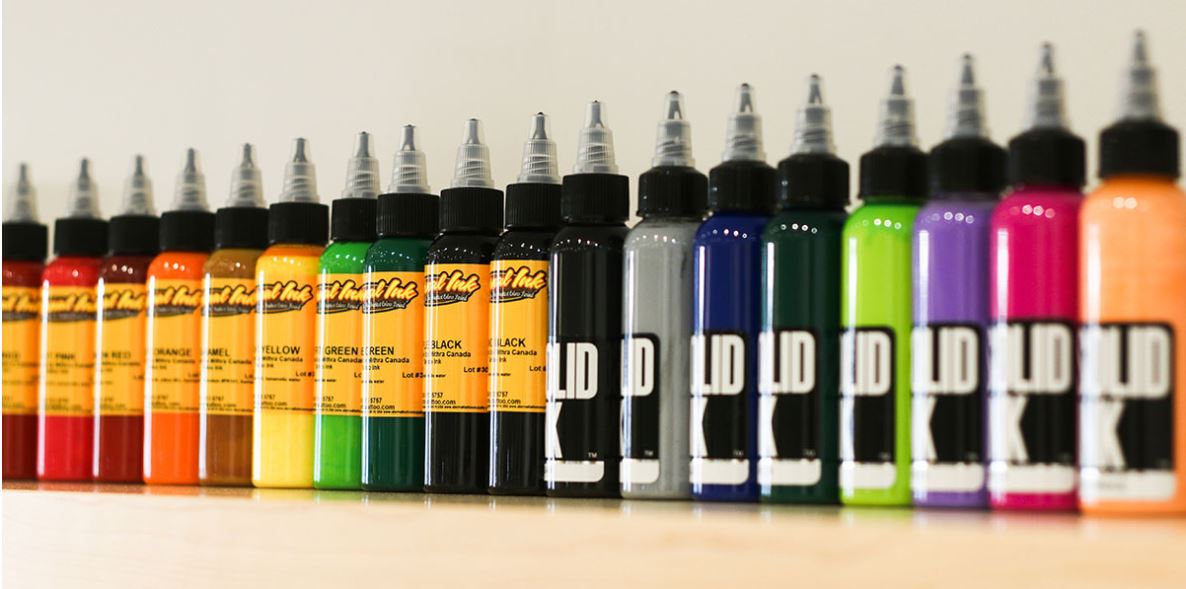
For this article I’m just going to focus on how tattoo ink has changed in the modern world. Indigenous tattooing, as well as cultures all over the world have been making inks to tattoo for thousands of years but the types of inks they created I tend to go over when I cover their cultural tattoos. In this post it’s not so much about culture but how production of ink has changed on the commercial scale since the 1900’s.
Tattoo ink innovation really took off with the invention of the mechanical tattoo machine. As tattoos got more popular, and less time consuming (Machines are able to work a lot faster than hand poking) there became a demand for more pigments. People wanted tattoos that had more longevity and used brighter colours. Originally when companies were producing “tattoo inks” they sold them as powdered pigments in jars as small as a quarter of an ounce and the artist would have to mix the pigment into a tattooable ink themselves, these companies did not market their pigments to be used in tattoos; they were just generic pigment. These pigments were not all safe either, many contained lead at this time. Much like in paints that were made in the early 1900’s before the dangers of lead were widely known.
The first tattoo inks in history were all black. In the early early days of tattooing ink was often made of soot mixed with water (depending on the geography and culture). With the rise of tattooing, American Traditional artists were able to get their hands on (safe for the times) red, green, brown, and yellow. These pigments were often not sold to tattooers and so tattooers sometimes created fake companies and letterhead in order to order their pigments. One tattooer Percy Waters published recipes for safe ink around the 1950’s saying,
“Use only the best colors purchased from reliable dealers. They are chemically pure and harmless to the skin, while imitation colors sold by so-called importers, are nothing more than common house paint, and likely poison. Genuine colors are seldom found among the beginners, as they, not knowing the difference, use what they are told, or perhaps buy them at a far higher price. The best colors are used by the OLD TIME TATTOOERS, who know the kind to buy as well as they know a bright colored tattoo will bring them business.
To mix colors right and get best results, red, yellow, and brown, mix by using ½ Listerine and ½ distilled water. Green, light or bright green, mix by using only distilled water. You should be careful to mix well, about the thickness of cream, but not too thick. The green will work better if a trifle thinner.”
Percy Waters
A man named Milton Zeis produced the first pre-mixed tattoo ink in 1950 but premixed ink was not widely used in tattoo shops until the 1970’s. Lead based pigment is obviously no longer produced as we’ve learned about the long term effects of lead and its poisonous nature. Today inks are made out of other non-toxic inorganic elements, such as carbon, titanium, iron, and sometimes copper. There are lots of companies today that produce safe, pre-mixed inks for us to use, each one has its own formula. Inks are composed of a carrier solution that is a safe way to put the pigment into the skin, and of course the pigment itself which colours the carrier. Using tattoo quality ink is very important because these companies make sure the solution is sterile and safe for body use. The carrier solution is important because in addition to being a vessel for the pigment it is a sterile solution and it keeps the pigment evenly dissolved. Some different carrier solutions that are used today are: ethanol, sterilized water, witch hazel, or glycerine. These are often used in a combination to create the solution. The pigments dissolved in these carriers are often made of metal salts, or plant material. Brands today are very careful about keeping their ink skin safe, ensuring there are no heavy metals or carcinogens that were present in inks of the 1900’s.
An example of the lengths these companies go to is Intenze Ink. They publish all their lab certificates and ink recipes if you’re curious about what the process looks like. Today you can still buy pigments that you mix into ink yourself but these are generally considered less safe than the premixed ink. Premixed ink has a sterile guarantee in their manufacturing process, where the ink you mix yourself doesn’t have the same capability to be sterilized.
Allergic reactions to certain colours (most commonly red) are rare but can occur, check out: So You Want a Colour Lined Tattoo to learn more. These reactions are usually minor and just result in a rougher scab during the heal which may result in it falling out. If you have a known metal allergy definitely let your artist know. Though inks don’t contain heavy metals and usually won’t cause a reaction it’s good to be aware at least.
Tattooing has come a long way in the last 50 years from machines, to inks, to artwork. The industry has grown dramatically and is safer than ever before. With sterile inks, and a deeper understanding of human health our industry can now mitigate the risks of infection and provide quality work. All this hinging on high quality ink and manufacturers that understand the ins and outs of a good safe tattoo. Clients can have the peace of mind knowing that the ink going into their body is highly researched and produced to be safe.
Sources:
- https://www.trinitybj.com/blog/articles/tattoo-ink-throughout-time
- https://www.tattooarchive.com/history/pigment.php
- https://readinsideout.com/culture/trends/vegan-tattoo-ink-guide-diifferences/
One thought on “Pigment to Ink: The History of Tattoo Ink”
Comments are closed.







































































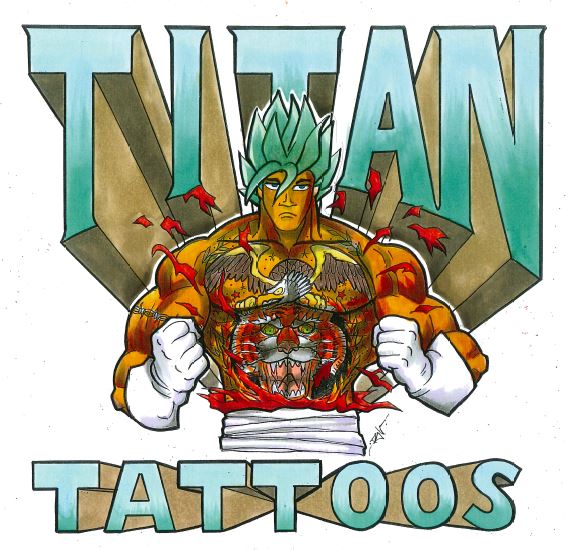
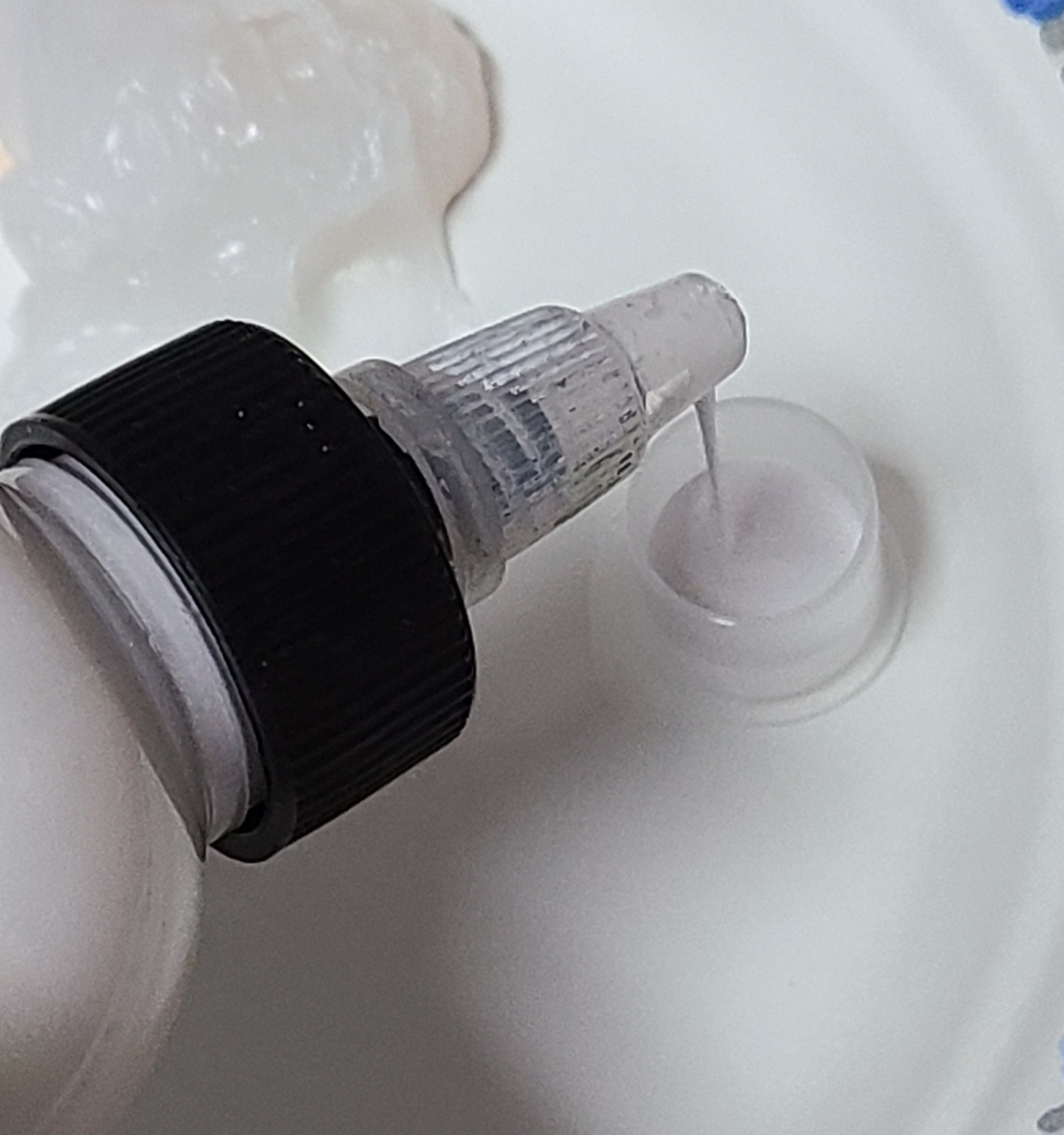
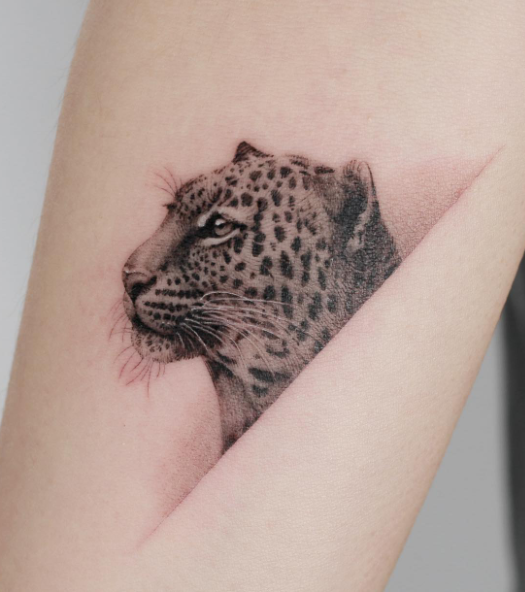
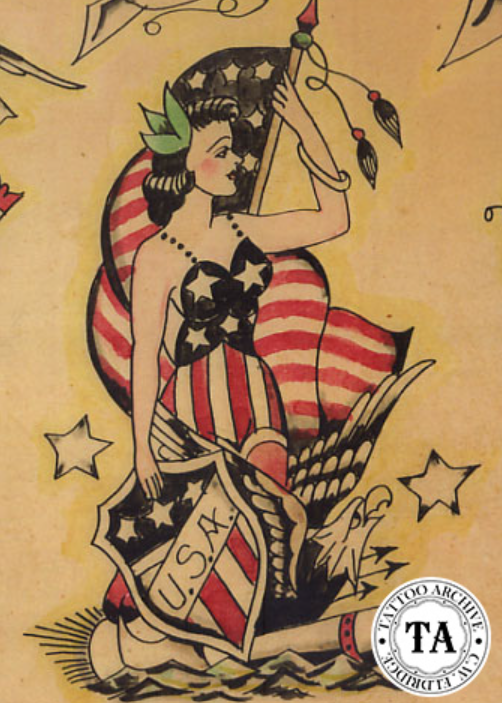
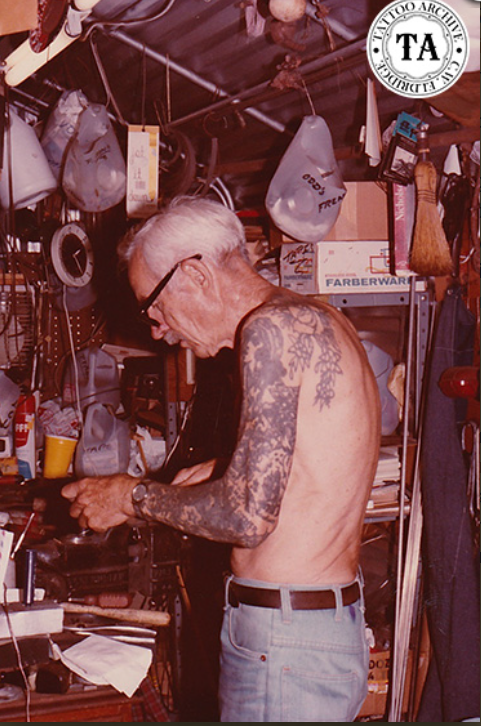


November 27, 2021 at 3:54 pm
That was a great blog!